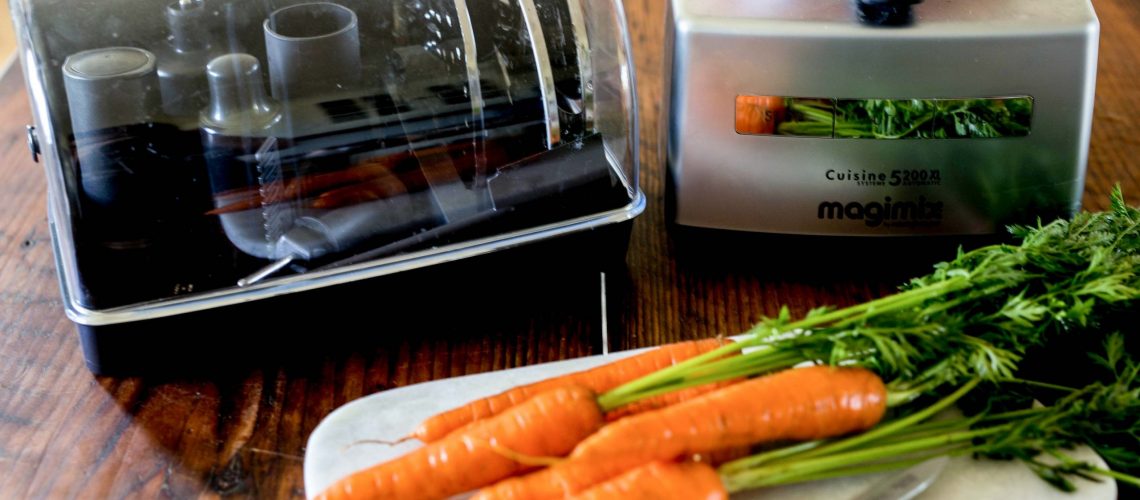As temperatures cool down, leaves start turning, and sweaters make their debut, fall foods are coming back to produce shelves and we couldn’t be happier about it. The foodie community is bustling with excitement as apple cobblers, squash soups, green bean casseroles and pear pies make their way back to the dinner table.
But fall produce doesn’t just stop at apples and pumpkins, here are 15 of the fruits and veggies you should take advantage of this fall. And if you aren’t a huge veggie fan, try out some of these fun ways to eat more produce!
Apples – Available in most places year-round, but their true peak season begins in the fall.
Beets – In season in temperate climates fall through spring. Fresh beets are usually sold with their leaves still attached at the top to maintain peak freshness.
Brussel sprouts – Harvesting in temperate zones of northern parts of the globe begins in September and goes through March. Brussels are often sweeter after a frost, making them a traditional late fall and winter vegetable.
Butternut squash – Butternut, as well as other varieties of squashes, are traditional fall staples. An excellent source of vitamins A and C, butternut squash can be kept and stored in a cool, dark place for up to a month and refrigerated after being cut.
Carrots – Harvested year-round in temperate areas. Unusual varieties become available during fall and winter months and can often be found at local farmers’ markets.
Cauliflower – Naturally a cool weather crop, cauliflower grows best in fall through spring. It is high in fiber and vitamin B and also provides antioxidants that can protect against cancer.
Cherries – In season beginning late summer and lasting until fall. Cherries should be firm and have their stem attached. Ripe cherries should be used as possible or frozen. Store in the refrigerator for up to five days.
Cranberries – A Thanksgiving staple, cranberries are referred to as a superfood because of their high nutritional value and antioxidant rich content.
Edamame (soybeans) – Can be found in the late summer and fall. The pods are often boiled or steamed and may be served with salt.
Eggplant – Comes into season at the end of summer and in beginning of fall. It is at its peak from July through October. Select heavy eggplants with firm shiny skin.
Kale – Similar to other hardy greens, the cold weather makes kale sweeter in the fall and winter than at other times of the year. Kale is among the most nutrient dense foods and is loaded with powerful antioxidants.
Mushrooms – Wild mushrooms have varying seasons, but most wild mushrooms are in season in the summer and are most plentiful in the fall. Mushrooms are great sautéed and flavored with spices such as thyme, rosemary and parsley.
Pears – Pears are one of the few fruits that does not ripen on the branch. They are harvested when mature, but not yet ripe. Pears ripen at room temperature after being picked.
Pumpkin – Characterized by the fall season, pumpkins are the most common cold weather squash. They come into season around September, and are popular in pies during this time of year.
Sweet potatoes – Commonly referred to as yams, these tubers come in a rainbow of colors including orange, purple, red and white. When selecting sweet potatoes, look for ones that are free of bruises or cuts which can speed the spoiling process.
These newly-harvested fruits and vegetables pack both flavor and nutrition. Buying in-season produce will provide you with fresher and better tasting ingredients!

